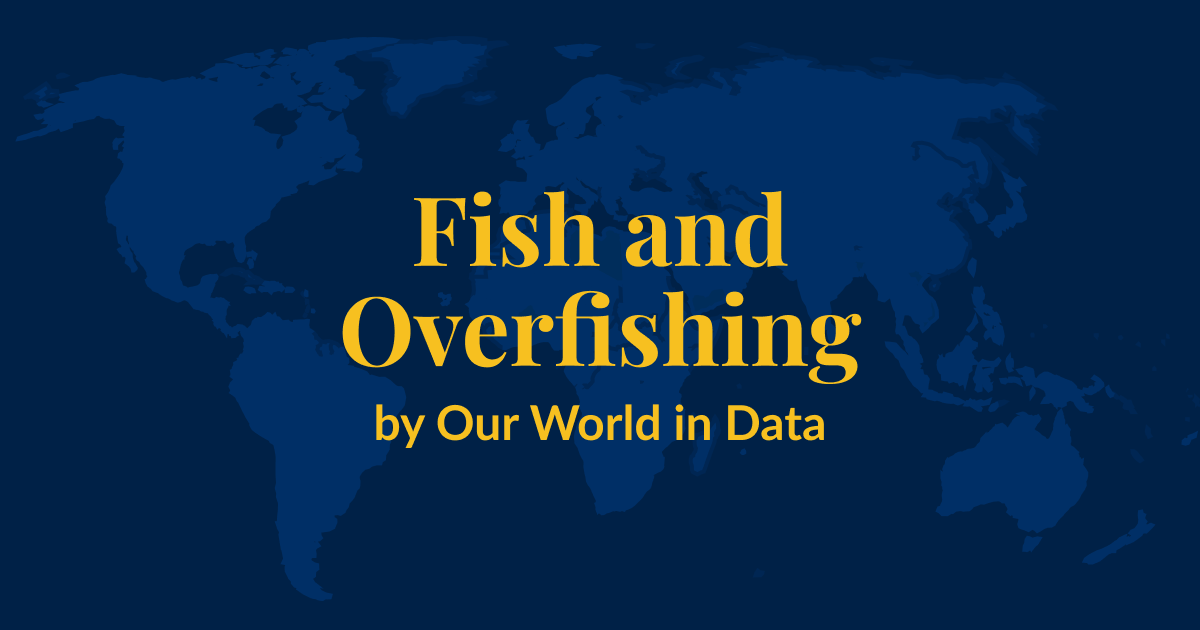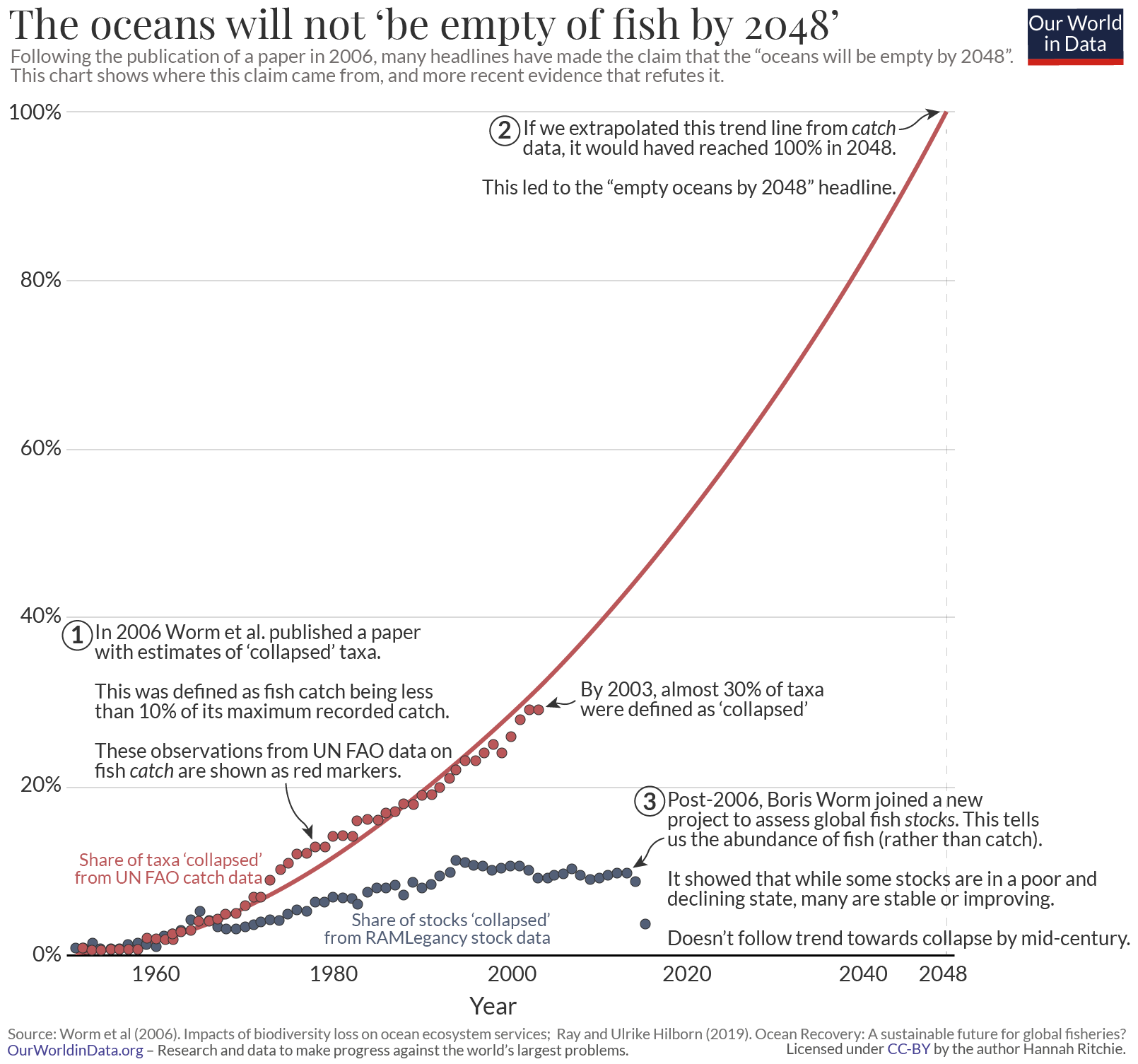Discover Pandipedia
Pandipedia is the world's first encyclopaedia of machine generated content approved by humans. You can contribute by simply searching and clicking/tapping on "Add To Pandipedia" in the answer you like. Learn More
Expand the world's knowledge as you search and help others. Go you!

The conversation with Peter Levels on the Alex Freedman podcast covers his journey as a self-taught developer and entrepreneur who has successfully managed over 40 startups. Levels shares his philosophy of building and shipping products quickly without external funding, relying on his own skills in HTML, jQuery, PHP, and SQLite to create and improve his projects continuously[1]. He emphasizes the importance of prototyping rapidly, launching ideas within weeks, and validating them by seeing if users are willing to pay for them[1]. The discussion also touches on the challenges and solutions in developing photorealistic AI photos using models fine-tuned on specific datasets[1]. Levels describes his approach to automating tasks to handle growth efficiently and the advantages of indie hacking over traditional startup models involving heavy funding and large teams[1]. Additionally, he notes the significance of physical activities like gym workouts in maintaining his productivity and mental health[1].
Let's look at alternatives:
- Modify the query.
- Start a new thread.
- Remove sources (if manually added).
- Request a manual search from our human research team.
Let's look at alternatives:
- Modify the query.
- Start a new thread.
- Remove sources (if manually added).
- Request a manual search from our human research team.
Get more accurate answers with Super Search, upload files, personalised discovery feed, save searches and contribute to the PandiPedia.
Unique Features of the Human Brain

The human brain stands out significantly from those of other animals due to its complex structure, advanced cognitive abilities, and unique neuronal characteristics. This report synthesizes insights from various studies and expert opinions to outline the distinctive features that contribute to the uniqueness of the human brain.
Size and Structure

One of the most apparent differences between the human brain and those of other animals is its size and structure. The human brain typically weighs about 1.2 kg and is larger in proportion to body size compared to other primates, such as chimpanzees, whose brains are roughly one-third the size of a human brain. A key reason for this weight and size difference is the evolutionary expansion of the association cortex, which is crucial for complex cognitive functions like language, self-awareness, and problem-solving[4]. Furthermore, humans possess a larger cerebral cortex, containing around 16 billion neurons as opposed to the fewer neurons found in most other animals[3].
Additionally, unique characteristics in human neurons have been identified, such as a lower density of ion channels compared to other mammals, which allows for more efficient energy use in processing information. This adaptation enables complex synaptic connections and rapid firing of action potentials necessary for sophisticated cognitive tasks[1].
Advanced Cognitive Abilities

Humans exhibit enhanced cognitive abilities that facilitate complex thought processes and social interactions. Notable among these is the ability for 'nested scenario building,' which refers to the capacity to imagine and reflect on alternative situations within larger narratives[13]. This capability equips humans to plan and make decisions based on future possibilities, a skill that is less developed in other animals.
Central to human cognitive processes are 'concept cells,' or 'Jennifer Aniston neurons,' which uniquely respond to abstract concepts, allowing for complex memory formation and high-level thinking that is generally not observed in animals[5]. These neurons store meanings devoid of contextual details, supporting advanced reasoning and the ability to make inferences, analogies, and associative connections[5].
Another significant cognitive feature is the concept of 'shared intentionality,' which describes the mutual understanding individuals have when engaging in collaborative tasks. This capacity for cooperation enhances human social interactions and cultural developments, allowing for shared experiences and collective knowledge transfer across generations, known as the 'ratchet effect'[2].
Emotional Complexity and Social Behavior

The human brain is also distinguished by its higher level of emotional complexity and social behavior. The development of the prefrontal cortex is linked to advanced social functions such as empathy, cooperation, and moral reasoning[7]. These traits are critical for forming intricate social bonds and navigating the complexities of human relationships. While some animals exhibit social behaviors, the depth and breadth of human emotional intelligence, tied to cognitive development, are markedly superior.
Synergistic Information Processing
In terms of information processing, the human brain displays a higher level of 'synergistic' interactions than that of other primates like macaques. Synergistic processing encompasses patterns where information flow across different brain regions exceeds the sum of their individual contributions, particularly in areas responsible for complex functions like learning and social cognition[6]. This capacity for synergistic interactions not only enhances cognitive efficiency but also fosters the integration of various types of information to support advanced problem-solving abilities unique to humans.
Genetic and Cellular Distinctions

Further distinguishing features are linked to the genetic and cellular makeup of the human brain. Studies indicate the presence of species-specific neuron types, including a unique microglia type that plays a role in brain maintenance and disease response[10]. The differential expression of genes, such as the FOXP2 gene associated with language and communication, highlights the genetic underpinnings of cognitive capabilities that are specific to humans[10].
Prolonged Development and Learning

The human brain's ability to undergo prolonged developmental phases also sets it apart. This extended period allows for substantial learning and cognitive skill acquisition, crucial for mastering complex tasks such as toolmaking, control of social dynamics, and theory of mind[8]. This developmental approach emphasizes the interplay between genetic predispositions and environmental influences on cognitive development, leading to significant variations in cognitive abilities among human populations[16].
Connectivity and Functional Networks
Finally, the structural connectivity of the human brain exhibits distinct patterns that enhance cognitive functions. Research has identified unique long-range connections in the human brain that facilitate complex processing related to language, reasoning, and social cognition, differentiating it from the brains of other primates[15]. The unique aspects of the human connectome contribute significantly to advanced cognitive functions, allowing humans to engage in more sophisticated interactions and cultural expressions.
Conclusion

In summary, the human brain's uniqueness arises from a combination of its size, structural complexity, advanced cognitive abilities, emotional depth, and genetic factors. The interconnections among these features enable humans to navigate complex social landscapes, innovate, and evolve culturally, creating a disparate cognitive experience that sets our species apart from others. As research continues, further understanding of these characteristics may illuminate the evolutionary trajectory that has shaped the human brain.
Let's look at alternatives:
- Modify the query.
- Start a new thread.
- Remove sources (if manually added).
- Request a manual search from our human research team.

To use an AeroPress, start by boiling water and letting it cool to about 195-205°F (90-96°C) for optimal extraction. Add around 15-16 grams of medium-fine coffee grounds to the AeroPress chamber, place a rinsed filter in the cap, and fasten it to the chamber. Position the AeroPress on your cup and pour hot water until it reaches the No. 4 line. Stir the mixture, let it steep for 1-2 minutes, and then gently press down the plunger until you hear a hissing sound to complete the brew.
You can experiment with steep times and grind sizes to find your preferred taste, and consider using the inverted method for more control during steeping, especially for longer brew times[1][2][3].
Let's look at alternatives:
- Modify the query.
- Start a new thread.
- Remove sources (if manually added).
- Request a manual search from our human research team.

Humor serves as a 'social binding agent'[1] and 'can facilitate social interactions'[2]. People use humor to 'connect with people, to impress people, to point out absurdities, to make light of a bad situation, and to recognize universal struggles'[1]. It 'can be used as a method to easily engage in social interaction by taking away that awkward, uncomfortable, or uneasy feeling of social interactions'[2].
AI has the 'potential to both disingenuously create human bonding and to augment human’s ability to bond'[1]. Human-like social skills - like humor - are often used for human bonding[1]. As AI improves, 'we may need a way to discern genuine from disingenuous communication'[1].
Let's look at alternatives:
- Modify the query.
- Start a new thread.
- Remove sources (if manually added).
- Request a manual search from our human research team.

Overfishing is a pressing concern for marine ecosystems worldwide, leading to detrimental effects that threaten various species and the health of ocean habitats. This report synthesizes information from several sources to outline the primary consequences of overfishing, its impact on biodiversity, and the challenges faced in mitigating its adverse effects.
Decline of Fish Populations

Overfishing occurs when fish are removed from the ocean at rates faster than they can reproduce, resulting in population declines and, in extreme cases, complete depletion. This practice not only reduces the availability of fish stocks but also disrupts the balance of entire aquatic ecosystems. Fish species targeted are often removed to the point where their populations cannot sustain themselves, leading to instances where some fish become entirely decimated[3].
Historical data highlights that intensive fishing started as early as the 1800s, with significant regional declines observed by the mid-20th century for several species, including Atlantic cod and California sardines[2]. The resultant gap in these populations has extensive ripple effects throughout the food web.
Disruption of Food Chains

The removal of key species from marine ecosystems disrupts established food chains. For example, when top predators, such as sharks, are overfished, their prey species can proliferate unchecked. This imbalance can lead to decreases in other marine species that depend on the same ecosystem. When prey species grow in number, they may overconsume other marine organisms, resulting in further declines and a shift in the habitat’s ecological balance[3].
Moreover, the absence of sufficient fish populations can lead to unchecked algae growth, which can devastate coral reefs and negatively affect various fish populations. Coral reefs, essential for marine biodiversity, suffer when fish that maintain algae levels are removed, further degrading the ecosystem[3].
Impact of Bycatch
Bycatch is another critical issue related to overfishing. This refers to the unintended capture of non-target species, including juvenile fish and other marine animals. Methods like trawling, which scrape the ocean floor, are particularly notorious for producing high bycatch and discards, many of which do not survive after being returned to the ocean[3]. Around half of global discards come from bottom trawling due to its indiscriminate nature, compounding the stress on already declining fish stocks and other marine life[3].
Challenges in Fisheries Management
The sustainability of global fish stocks is hampered by ineffective fisheries management. Approximately one-third of global fish stocks are currently overfished, indicating a persistent decline in sustainable fish populations[2][3]. This deterioration is most pronounced in regions where management practices are either absent or poorly implemented. For example, the Mediterranean and Black Sea regions are facing severe overfishing, with around 62.5% of stocks in these areas fished at unsustainable levels[2].
Despite ongoing discussions at international forums about alleviating harmful fishing subsidies, progress remains stalled. Many nations continue to spend billions on subsidies that encourage overfishing, complicating efforts to achieve sustainable practices. Notably, China has significantly increased its harmful subsidies, which affects the viability of smaller fishers and depletes fish stocks further[2].
Solutions for Sustainable Fishing

To combat the effects of overfishing and support sustainable fishing practices, several strategies can be implemented. First, expanding marine protected areas (MPAs) can play a vital role in allowing fish populations to recover. These areas, where fishing is restricted or prohibited, can help restore balance in marine ecosystems[3].
Implementing better regulations and monitoring systems for catching methods can also reduce bycatch and promote sustainability. Modifications to fishing gear to make it more selective can help lower the number of non-target species caught[3]. Cash incentives for fishers to bring all caught species back to shore rather than discarding them can change practices that lead to large quantities of dead fish being thrown back into the ocean[2].
In summary, the effects of overfishing on ocean ecosystems are extensive, leading to the decline of fish populations, disruption of food chains, and loss of biodiversity. Addressing these issues requires concerted efforts in fisheries management, protection of marine areas, and regulation of fishing practices to promote a more sustainable relationship with the oceans upon which so many lives depend.
Let's look at alternatives:
- Modify the query.
- Start a new thread.
- Remove sources (if manually added).
- Request a manual search from our human research team.
Get more accurate answers with Super Search, upload files, personalised discovery feed, save searches and contribute to the PandiPedia.

Traveling doesn’t have to break the bank if you plan wisely and adopt savvy strategies. Below are some comprehensive tips and tricks derived from expert advice on budget travel.
Choose Budget-Friendly Destinations
Selecting the right destinations is crucial for saving money. Various countries are known for their affordability due to favorable exchange rates and low living costs. For instance, India, particularly cities like New Delhi, ranks high in affordability with meals costing as little as $2.40 and accommodations averaging around $50 for a weekend[5]. Similarly, Vietnam and Morocco offer delicious local meals at budget-friendly prices, allowing travelers to enjoy their stay without overspending[5].
Countries in Central America like Guatemala and Nicaragua also provide excellent value. For around $5 for meals and $15 for budget accommodations, these countries are perfect for backpackers and budget travelers[1].
Utilize Off-Peak Travel Periods
Traveling during off-peak or shoulder seasons significantly reduces costs for flights and accommodations. For example, you can find cheaper rates during the periods between peak and off-peak times, such as spring and autumn. This approach not only saves money but also offers a more peaceful experience with fewer tourists[3][9].
Flight and Accommodation Tips
Book Early and Be Flexible
Booking flights at least six weeks in advance can often lead to significant savings. Additionally, being flexible with your travel dates can uncover cheaper flights. Tools like Google Flights allow you to explore different price options while keeping your travel dates open[8][10].
Consider Alternative Booking Sites
Using less popular booking sites can yield better deals on flights and accommodations compared to major online travel agencies. Sites like Going and Vayama often provide larger discounts[2]. Furthermore, signing up for price alerts can notify you of drops in airfare, offering the opportunity to grab deals as they arise[2].
Explore Different Accommodation Options
Instead of traditional hotels, consider alternatives like hostels, vacation rentals, and guesthouses. These options are usually more affordable and can provide unique, local experiences[9]. Staying in less touristy areas can also lower costs significantly. For instance, utilizing platforms for house sitting can eliminate accommodation expenses entirely[10][8].
Smart Dining Choices

Eating out can quickly add to your travel budget, so it’s best to plan your meals wisely. Prioritize local markets and street food stalls where meals are about $2-$5, offering genuine culinary experiences without the upscale prices[6][9]. Additionally, many travelers find it cost-effective to prepare their own meals when possible, taking advantage of accommodations with kitchen facilities[9][4].
Lunch Specials
Dining for lunch rather than dinner can result in substantial savings. Many restaurants offer lunch menus at reduced prices compared to their dinner offerings[6].
Transportation on a Budget
Public Transportation
Relying on public transportation instead of taxis or rideshares can lead to considerable savings. Most cities offer bus and train services at very low costs, sometimes even allowing for day or multi-day travel passes that are more economical[6][9].
Walking and Biking
Exploring cities on foot or by renting a bike is not only cost-effective but also a great way to experience local culture. Many cities provide free walking tours led by locals, which can be a great method to discover new places and gain insider knowledge without incurring high costs[9][8].
Take Advantage of Free or Discounted Attractions
Researching local attractions beforehand can uncover many free or discounted activities. Many museums and galleries offer free admission on certain days, and city tourism offices often share information about free events happening in the area[6][3].
Embrace Local Culture

Engaging with the local culture can enhance your experience without inflating costs. Drinking water from tap, shopping at local markets, and eating where the locals eat can save money while allowing you to soak in the culture[6][7].
Strategic Financial Practices
Carrying a credit card with no foreign transaction fees is a smart choice for international travel. Also, using ATMs for cash withdrawals usually yields better exchange rates than currency exchange booths at airports[8][10]. Consider also utilizing travel rewards programs that let you accumulate points for future travel expenses[2].
Final Thoughts
Traveling on a budget is achievable with careful planning and a willingness to explore less conventional options. Embrace the journey by visiting affordable destinations, taking advantage of off-peak seasons, and making cost-effective choices regarding accommodation and dining. By being resourceful and flexible, every traveler can enjoy unique experiences without overspending on their adventures.
Let's look at alternatives:
- Modify the query.
- Start a new thread.
- Remove sources (if manually added).
- Request a manual search from our human research team.
Let's look at alternatives:
- Modify the query.
- Start a new thread.
- Remove sources (if manually added).
- Request a manual search from our human research team.
Chanel No. 5
A legendary fragrance featuring notes of neroli, May rose, and jasmine combined with the unique addition of aldehydes, offering a classic floral profile that has captivated for generations[2][11].

Maison Francis Kurkdjian Baccarat Rouge 540
Known for its balance of woody and floral notes, including saffron, jasmine, and ambergris; it’s addictive yet not overpowering[2][11].
Yves Saint Laurent Black Opium
A bold choice featuring sweet floral and warm notes of coffee, vanilla, and white flowers, making it perfect for evenings out[2][11].

Dior J’adore
A classic floral fragrance embodying feminine elegance with ylang-ylang, damask rose, and jasmine, designed to be light yet captivating[2][11].

Miss Dior Eau de Parfum
Combining fresh citrus with elegant florals and earthy patchouli, this timeless scent is suitable for any occasion[9][10].
Viktor&Rolf Flowerbomb
A floral explosion with notes of jasmine, orange blossom, and patchouli, ideal for anyone who loves a powerful floral fragrance[2][11].
Le Labo Santal 33
A versatile unisex fragrance known for its smoky woody scent blending sandalwood, cedarwood, and leather, perfect for daily wear or a night out[6][9].
Gucci Bloom
Capturing the scent of a garden in full bloom, it features notes of rangoon creeper, tuberose, and jasmine for a robust floral experience[11].

Tom Ford Black Orchid
A rich and sensual perfume that combines floral and fruity notes with earthy undertones like black truffle and patchouli, making it an evening favorite[11].
Narciso Rodriguez For Her
A musky floral scent that balances notes of amber and wood with a soft floral heart, perfect for a feminine finish[11].

Lancôme La Vie Est Belle
A sweet fragrance with notes of iris and patchouli, embodying joy and elegance for special occasions[11].
Glossier You
A personal fragrance that adapts to your skin chemistry, combining notes of ambrette, pear, and iris for a warm, inviting scent[3][9].

Jo Malone Wood Sage & Sea Salt
This fresh and marine-inspired scent combines salty sea air with earthy sage, delivering a clean and refined aroma suitable for daily wear[2][11].
Elizabeth Arden White Tea
A light yet classic fragrance with notes of white tea, sage, and iris, perfect for everyday use[3].
Dior Miss Dior Blooming Bouquet
A summery floral fragrance featuring peony and rose, evoking the feeling of a blooming garden[1].
:max_bytes(150000):strip_icc()/acqua-di-parma-colonia-c9e26bef5ef64ae8a9531beaaf9059df.jpg)
Acqua di Parma Colonia
A classic citrus fragrance known for its refreshing blend of bergamot and orange, ideal for a light daytime scent[7][9].
Marc Jacobs Daisy
A youthful floral fragrance that blends wild strawberries, jasmine, and vanilla for a playful scent experience[1][10].
Dolce & Gabbana Light Blue
Evocative of summer, it features Sicilian lemon and tropical jasmine, reminiscent of beach days[1][11].
Chanel Chance Eau Tendre
A light, fresh floral scent with grapefruit and jasmine that radiates a joyful and vibrant aura[12].
Ralph Lauren Romance
A warm, floral fragrance encapsulating autumnal essence with notes of violet leaves and marigold, perfect for cozy days[1].
Guerlain Mon Guerlain
Inspired by the concept of femininity, this scent features lavender and vanilla, creating a warm and rich experience[1].
Philosophy Amazing Grace
A clean and soft scent combining citrus notes with white florals, great for sensitive noses[1].
Trish McEvoy No. 9 Blackberry & Vanilla Musk
A fruity yet warm fragrance blending blackberry and vanilla with woodsy notes for irresistible sweetness[1].
Maison Margiela Replica Beach Walk
Captures the essence of summer with notes of lemon, coconut milk, and amber for a beach-inspired scent[1].

Tom Ford Vanille Fatale
A luxe vanilla blend with ambery and floral notes that is perfect for a sophisticated scent profile[11].
Byredo La Tulipe
A fresh floral scent featuring notes of tulip, cyclamen, and freesia, with a base of vetiver, offering a unique twist on classic florals[11].

Fenty Eau de Parfum
Rihanna’s signature scent that combines a mix of magnolia, musk, and berry notes to create a complex yet inviting fragrance[9].
Let's look at alternatives:
- Modify the query.
- Start a new thread.
- Remove sources (if manually added).
- Request a manual search from our human research team.

Google's generally a second-price auction. So each spot higher in the order is more expensive.
Mr. Hurst[5]
In a first-price auction, an auction winner will be charged exactly what they had submitted as their bid.
THE WITNESS[1]

In contrast, within a second-price auction, an advertiser is not necessarily charged exactly what they bid.
THE WITNESS[1]
The amount that we charge an advertiser is the least that they hypothetically could have bid while still receiving their allocation.
THE WITNESS[1]
Google uses a second-price auction for search text ads because we consider it to be a more advertiser-friendly auction mechanism.
DR. JUDA[1]
Let's look at alternatives:
- Modify the query.
- Start a new thread.
- Remove sources (if manually added).
- Request a manual search from our human research team.





































